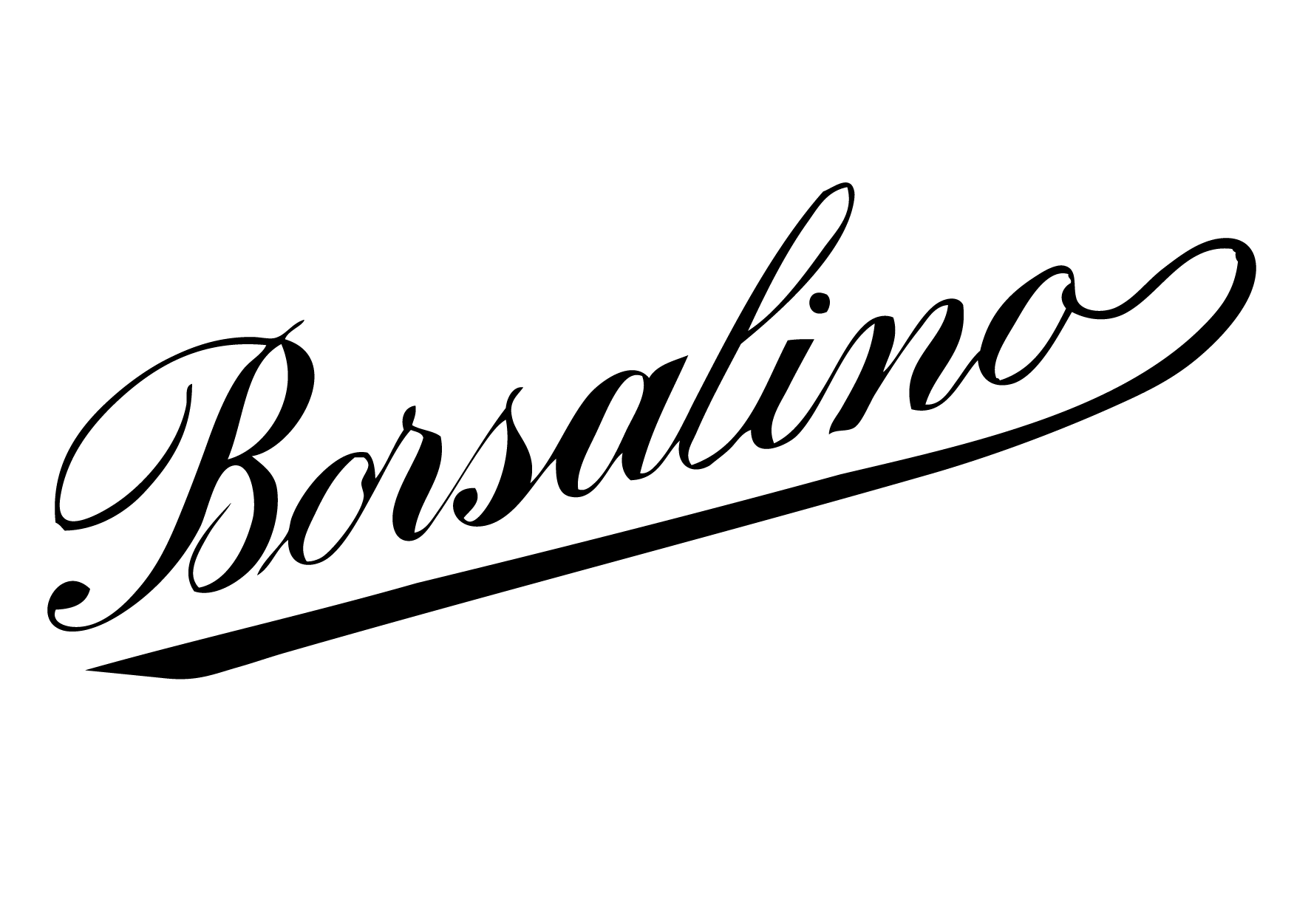
 Patricia Gatto Puglia
Patricia Gatto Puglia
Italian lifestyle and fashion: Nostalgia for Borsalino hats – old and new
- WTI Magazine #126 Apr 18, 2020
-

 Patricia Gatto Puglia
Patricia Gatto Puglia
In this time of virus-imposed isolation, it’s comforting to sift through old possessions in forgotten drawers. I recently came across two neatly folded women’s Borsalino hats my mother had bought in Rome in the early 1950s. Still unblocked, but well-preserved for future shaping, they inspired a look into the history and current state of the legendary Borsalino, arguably the most famous hatmaker in the world.
Movies might have made the Borsalino fedora into a fashion icon (think Humphrey Bogart and Ingrid Bergman in 1942’s Casablanca) and probably inspired my mother to buy and store two Borsalinos, but for decades, there was no better name than Borsalino in hats, especially men’s hats.
Take the 1920s and even later. No man would think of leaving his home without his hat. A classy Borsalino fedora telegraphed elegance and good taste. It was as necessary to complete a look as a well-tailored jacket and a fine pair of shoes. In the 1920s, Italy was an important producer of hats. More than 1,000 companies exported about 12 million a year around the world. Borsalino was a leader among them.
Borsalino in the making
Giuseppe Borsalino founded company in 1857. His rise was similar to that of many Italian entrepreneurs who got their start at the end of the 19th century: Ingenuity, hard work, willpower, and a good dose of cunning all figured in their histories.
Giuseppe was born in 1834 in Percetto di Valenza, a small town in the Piedmont region of Italy, about 13 km north of the city of Alessandria. He left home at 14 to apprentice with a hat maker in Alessandria, where he would one day establish his own factory, but not before leaving Italy at 16 to work in France. He eventually began working in Paris for Berteil where he would earn the designation “Qualified Master Hatmaker.” He returned to Italy seven years later and quickly put his valuable new credentials to work. He opened a workshop on Via Schiavina with this brother Lazzaro in 1857. Giuseppe was 23 years old.
At first, ten workers made 50 hats in a day. By 1871, 130 workers were producing 300 hats daily. Seventeen years later, the factory was relocated and equipped with the latest machinery imported from Manchester, England and customized by Borsalino and his factory staff to fit their production process. Five hundred workers were soon producing 110,000 hats a year.
The act of making a Borsalino hat hasn’t changed much. Original artisanal practices prevail and some of the machinery from the early 20th century is still in use. For example, there’s the soffatrice, a blower that continues to be used to mix the rabbit fur that is transformed into felt sheets for fedoras. The sheets are then heated, molded, and shaped into hats. Production of one hat is a 52-step process, including the stamping of the 18K gold Borsalino logo inside each one.
The social responsibility factor
The quality of the Borsalino fedora was a key part of the company’s success, but a commitment to social responsibility also figured into the mix. Giuseppe Borsalino had come from humble beginnings and wanted to provide for the wellbeing of his workers. He was known to pay fair wages, pensions and provide funds for medical services. He established a school for his workers’ children. Succeeding generations of Borsalino family members felt the same obligation to support their community. They funded the development of Alessandria’s infrastructure, including sewage systems and aqueducts, built hospitals, and provided dormitories for workers who came from the surrounding countryside. Life in Alessandria revolved around Borsalino. The company provided a livelihood for its residents; the Borsalino products they made were a source of pride.
Succeeding generations
When Giuseppe died in 1900 at 66, his son Teresio took charge. The factory employed 1,200 workers and produced 750,000 hats, two-thirds of which were exported outside Italy, thanks, in part, to his father’s penchant for sales and merchandising. Giuseppe traveled frequently, sample hats in tow, to introduce the world to his wares. Bowler hats destined for England and even fezzes for Morocco were on the Borsalino production floor. In later decades, women’s hats and exquisitely crafted Panama straw hats would be added to the product line.
After Teresio Borsalino died in 1939, his nephew Teresio Usuelli took the helm. He reorganized the business, leading it through the difficult years of the second World War. At Borsalino’s height in the first half of the 20th century, production was more than two million pieces per year. Fortunes changed dramatically when men no longer considered hats to be indispensable accessories. A more casual culture dominated and Borsalino struggled to stay the course. In 1979, the Borsalino family sold its interests in the company to a group of Milanese investors.
A new day for Borsalino
The power of the Borsalino brand remained strong but staying viable was an uphill struggle. In the 1990s the company changed ownership several times. It was bought by an Italian entrepreneur who became involved in fraudulent activities not related to Borsalino, but which affected the company. After a number of fits and starts, including bankruptcy, the Swiss-Italian investment company Haeres Equita, which had stepped in to manage Borsalino in 2015, acquired it in 2018. The principal of Haeres of Equita, Philippe Camperio, said his goal for Borsalino was to “wake it up and shake it.”
The brand and brand awareness are certainly being revitalized. In 2015, the independent film director Enrica Viola produced Borsalino City, a documentary about the company and its imprint on the city of Alessandria. The film opens with Robert Redford reading a letter he sent to a Borsalino family member (Vittorio) reminding him that they had met in New York at the screening of Fellini’s 8 ½ (1963). Redford had been given a Borsalino like the one Marcello Mastroianni wore in the film; he was writing to request another. The documentary includes a series of commentaries, including a few words from legendary costume designer Piero Tosi, as well as from workers and residents of the city. There are images of celebrities from Humphrey Bogart to Harrison Ford in their Borsalinos as well as historical period footage.
In 2017, the Italian government issued a postage stamp to commemorate Borsalino’s 160th anniversary. In February 2019, the new owners of Borsalino brought in a team of fashion experts, including former Gucci CEO Giacomo Santucci who serves on Borsalino’s steering committee and is the brand’s creative director. A new ad campaign followed last fall featuring a diverse cast of models wearing fabulous Borsalino hats.
I will be adding my own revitalization activity to the effort. As soon as we can leave our homes again, I plan to find a hatmaker in New York City who is up the task of finishing my mother’s 70-year-old Borsalinos.